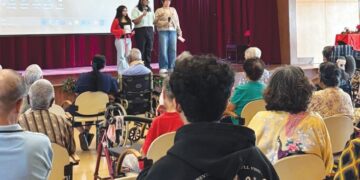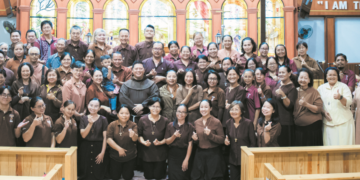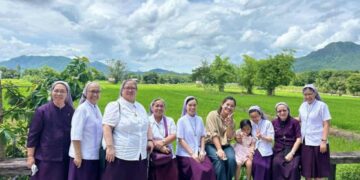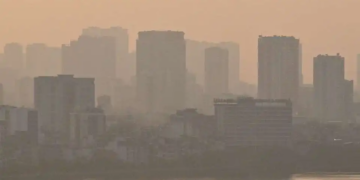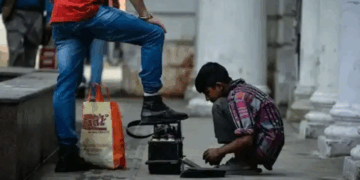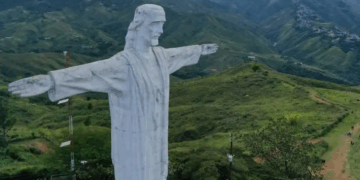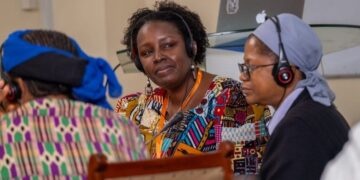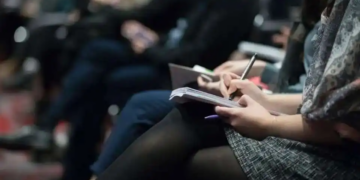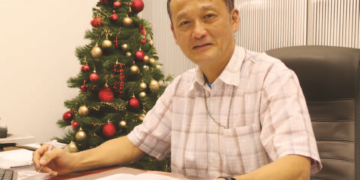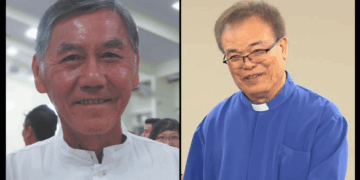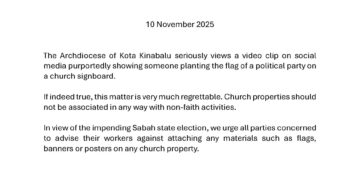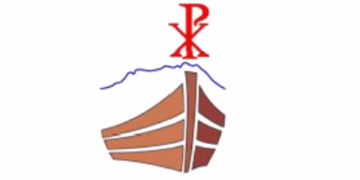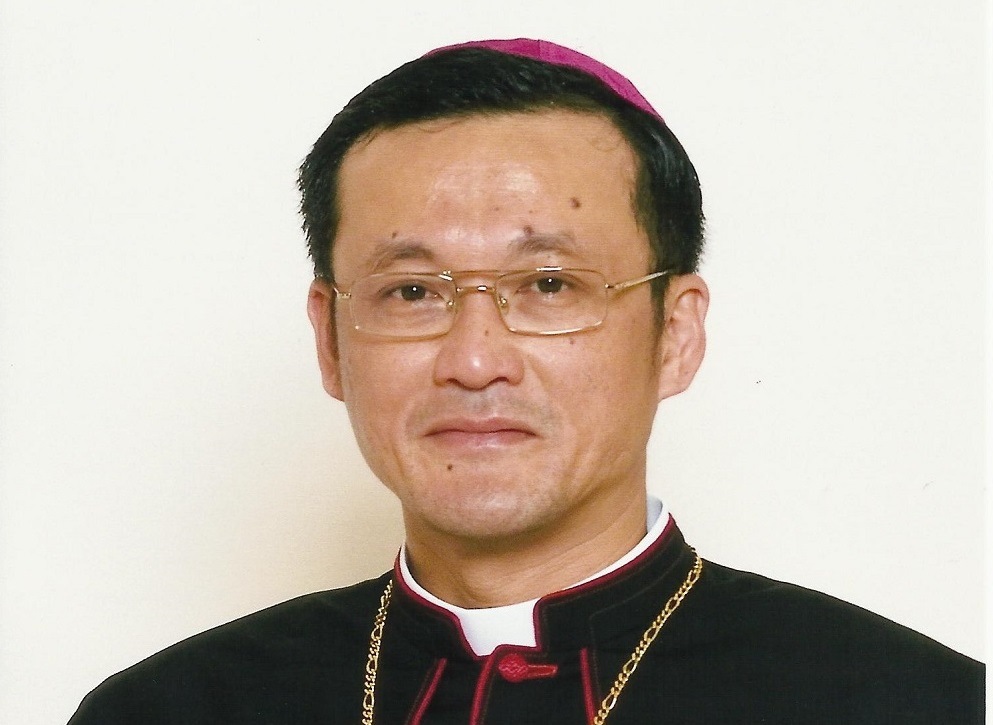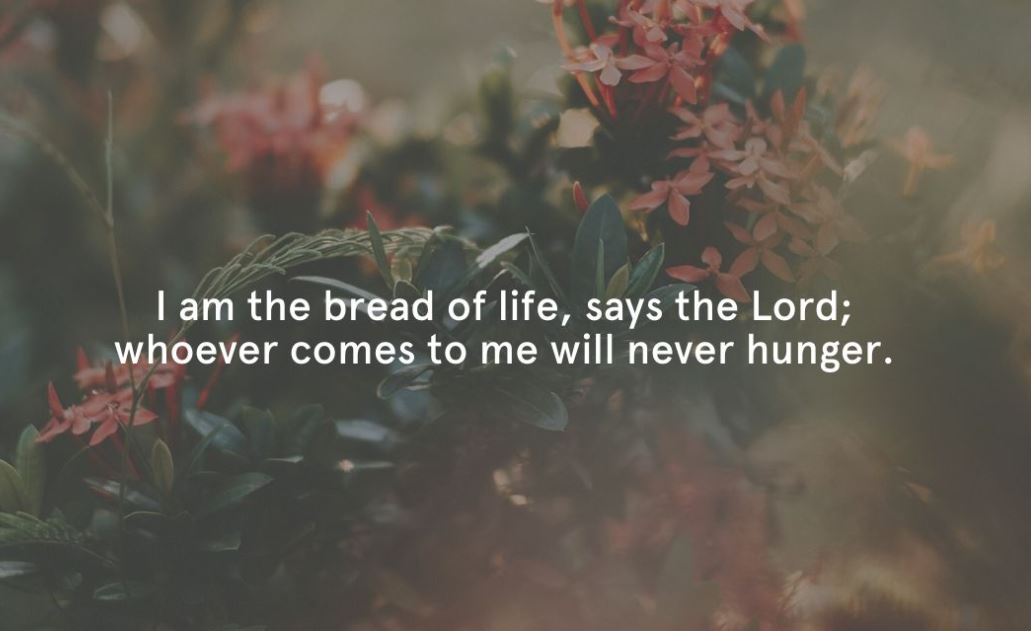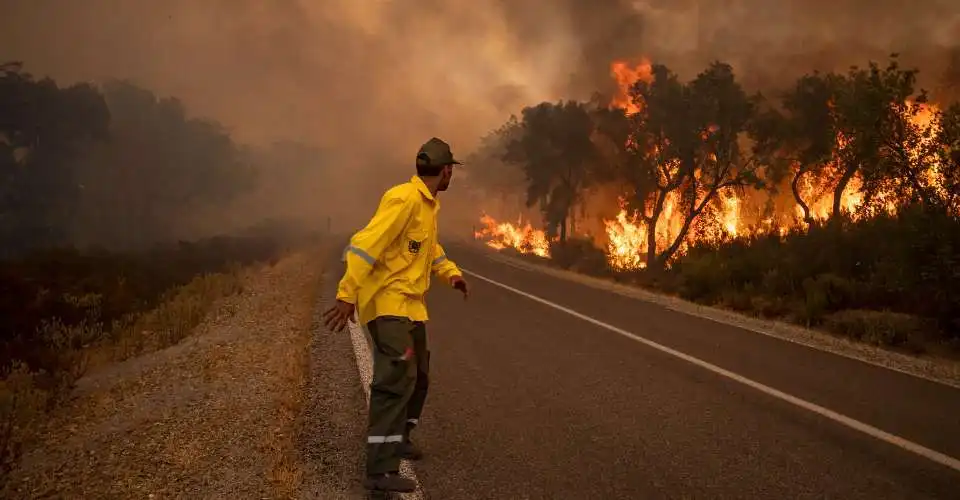
By Luke Hunt
This year’s monsoon is harsh by historical standards and marked the end of a long-running, if patchy, drought across South and mainland Southeast Asia with record high heat and rains attributed to climate change and excess energy in the atmosphere caused by man-made pollution.
The hardest hit are the farmers and fisherfolk who ply the river systems and seas. They also make up the overwhelming number of poor who struggle with a hand-to-mouth existence and the constant battle of making ends meet.
Their list of fears and complaints is long. Illegal fishing, electric nets, trawling, upstream dams, and overfishing are also limiting their daily catch, and the impact of climate change is leaving a deadly mark, uprooting families in search of a better life.
It’s also a subject that has moved from a theory written by Swedish scientist Svante Arrhenius in 1896 to a fact proven by the English engineer Guy Callendar in 1938 and a global phenomenon that prompted the first Conference of the Parties (COP) held in Berlin in 1995.
As science improves, so does forecasting. In particular, two complex weather patterns — the Indian Ocean Dipole and its Pacific equivalent, El Nino — respond to surface temperatures across both oceans and have been a backdrop to dire warnings issued over the last two decades.
With the Dipole, unusually cooler-than-average sea surface temperatures across the eastern half of the Indian Ocean cause less rainfall, causing drought in East Asia and Western Australia, while warmer waters in its west result in floods in East Africa. The reverse is also true.
Global warming has exacerbated this phenomenon, which is now peaking at record levels. Dipole extremes normally occur once every 17.3 years, but scientists are forecasting that their frequency will increase to once every 6.3 years over this century.
El Nino is having a similar impact from the Americas to Japan and along the eastern seaboard of Australia. This inconvenient truth means a total rethink of how people live, where they are housed, what they eat to survive, and how they protect themselves from ferocious storms.
Oscillations similar to the Dipole and El Nino are also measured across the north and south Atlantic and the north Pacific, with cutting-edge studies of typhoons, cyclones, and hurricanes — where winds exceed 119km/h — proving the impact of climate change is beyond doubt.
Oceans suck up 90 percent of rising greenhouse gas emissions and this year began with the Atlantic Nino notching up record heat. Then came the hottest April on record in South and Southeast Asia where temperatures often exceeded 40 degrees Celsius.
Worldwide, the hottest May, June, July, and August on record followed as measured by Climate Copernicus — a prelude for what was to come in September: Typhoon Yagi and hurricanes Helene and Milton.
Typhoon Yagi cut vast swathes through Southeast Asia and left hundreds dead — at least 384 people in Myanmar and 254 in Vietnam alone. According to UNICEF, about six million children across its path were left without access to clean water, food, health care, and other essential services.
Wind gusts over 73km/h are considered dangerous. Helene made landfall with wind speeds beyond 225kmh that left more than 230 people dead. Milton followed, claiming at least another 23 lives with insurance losses in the US state of Florida expected to top $100 billion in 2024.
A scientific study by World Weather Attribution shortly after Hurricane Helene struck the United States found that human-caused climate change had boosted rainfall by about 10 percent and intensified its winds by more than 11 percent.
Once rare, such mega-storms are becoming the norm and cause floods, massive erosion and landslides and tornadoes. They blow down poorly constructed buildings — often used to house the poor — destroy crops, fishing grounds around coral reefs and other forms of livelihood.
A small part of the story is death by drowning, which consistently rates among the biggest killers of children across Asia — in part because poor families can not afford swimming lessons for their kids.
On a broader level greenhouse gas emissions — mainly from fossil fuels — are blanketing the earth with trapped heat disrupting the seasons resulting in harvest failures, causing deep acidification in the oceans, shifting fish migration patterns and spawning water shortages and wildfires.
Climate change has also aided and abetted the notorious Southeast Asian haze, which began innocently with farmers deploying their usual slash-and-burn technique for the annual planting of crops in Indonesia but has escalated, spreading to forests and, importantly, peat bogs.
Peat can burn for months from deep below the surface, billowing a toxic smog made up of carbon monoxide, cyanide, formaldehyde, and particles of ash and wood that can prove carcinogenic, particularly over the longer term.
Too often, schools are closed, and flights canceled, and people are told to stay indoors and order food online. Asthma attacks increase sharply, and “oxygen houses” are now used to treat people suffering from acute respiratory illness.
At COP 28, held in Dubai late last year, governments committed between five and seven trillion US dollars a year to be spent until 2030 to accelerate the shift to eco-friendly energy and mitigate the impact of global warming. Pope Francis is among world leaders who rate climate change at or near the top of their agenda.
Since his election to the papacy 11 years ago, Francis has released a video message at the end of each month declaring his prayer intentions. On Aug 30, he recounted those who had been forced to leave their homes because of floods, heat waves, and drought.
“For the cry of the Earth” were his intentions for September, announced shortly before Yagi, Helene and Milton struck, when the pope noted: “If we took the planet’s temperature, it will tell us that the Earth has a fever. And it is sick.”
He urged people to commit themselves to protecting nature and changing their personal and community habits, pointing out that not only ecological change but also social, economic, and political attitudes are required. – UCA news


